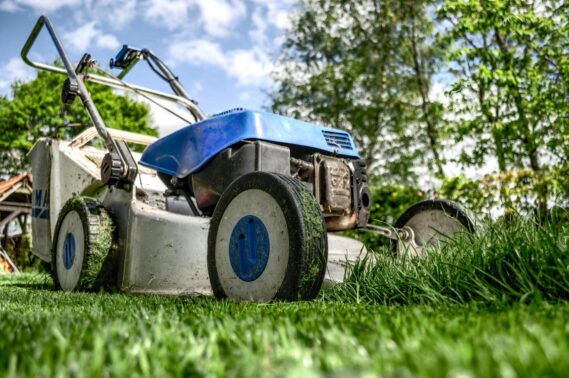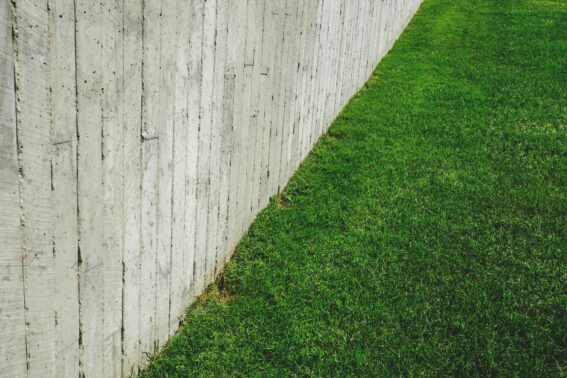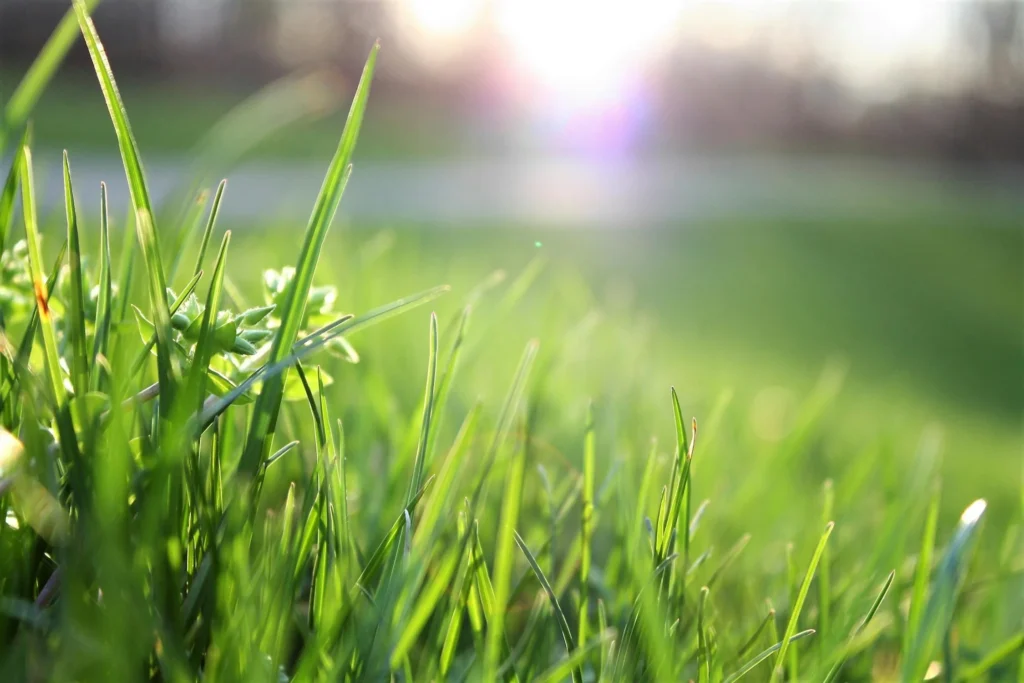As the days start getting warmer and the snow begins to melt, it’s time to shift focus to your lawn. Early spring lawn care is crucial for setting your yard up for success throughout the warmer months. In this guide, we’ll cover all the essential steps you need to take during early spring to ensure your lawn looks healthy, green, and lush. Let’s dive into actionable tips that will help you get your lawn ready for the season ahead!
Why Early Spring Lawn Care Matters
Early spring is when your lawn begins to wake up after the long winter. Taking the right steps now helps ensure that your grass will grow strong and healthy throughout the year. Getting your lawn ready early can also prevent problems later, like weeds and diseases. Proper spring care boosts grass growth, improves soil health, and helps your lawn thrive during the summer heat.
1. Tune Up Your Lawn Mower
Start with Lawn Mower Maintenance
Before you start mowing your lawn this season, it’s important to make sure your lawn mower is in tip-top shape. A mower that doesn’t work well can tear the grass instead of cutting it cleanly, leaving ragged brown tips that make your lawn look unhealthy.
Steps to Prepare Your Lawn Mower:
- Change the oil to ensure the engine runs smoothly.
- Clean the mower to remove grass clippings and dirt.
- Sharpen the blades to get a clean, even cut.
2. Rake the Lawn
Clear Away Leaves and Debris
After the snow melts and before your first mow, you should rake your lawn. This helps remove any dead grass, leaves, and other debris that may have accumulated during the winter. When you rake, you’re also helping to break up any thatch that has built up on your lawn.

Why Thatch Matters:
Thatch is a layer of dead grass and roots that can prevent air, water, and nutrients from reaching your soil. If your lawn has a thick thatch layer (more than ½ inch), you’ll want to rake it away. But remember, don’t rake when the soil is wet or muddy, as this can damage your grass.
3. Aerate Your Lawn
Improve Soil Health with Aeration
Aerating your lawn in early spring helps relieve compacted soil. This is especially important if your lawn gets a lot of foot traffic or if it has heavy clay soil. Aeration creates small holes in the soil, allowing air, water, and nutrients to penetrate deeper into the grass roots.
How to Aerate:
- If your lawn is small, you can use a manual aerator.
- For larger lawns, it’s best to rent a core aerator.
Aerate cool-season grasses in early spring and warm-season grasses later in the spring. Aerating every two to three years can keep your lawn healthy, but be careful not to aerate if you’re planning to apply a pre-emergent herbicide, as it can interfere with seed germination.
4. Test Your Soil’s pH
Understand Your Lawn’s Soil Needs
Spring is a great time to test your soil’s pH level. Grass grows best when the soil pH is between 5.8 and 7.2. If your soil is too acidic or too alkaline, it can affect grass growth and make your lawn more susceptible to weeds and diseases.
- Acidic soil: Apply lime to raise the pH.
- Alkaline soil: Apply sulfur or compost to lower the pH.
If you’re unsure how to test your soil’s pH, you can get a simple pH testing kit or contact a local cooperative extension office for help.

5. Fertilize Your Lawn
Give Your Grass a Boost
Fertilizing your lawn in early spring gives it a healthy start. Applying fertilizer around 3 weeks after your grass starts to green up can promote growth and improve the color of your lawn.
Fertilizer Tips:
- Use a slow-release nitrogen fertilizer for steady growth.
- If you’re dealing with crabgrass, apply a fertilizer that contains a crabgrass preventer in early spring.
- Make sure to water your lawn before fertilizing to prevent root burn.
Remember, avoid over-fertilizing, as too much fertilizer can lead to weed growth and pollution from runoff.
6. Overseed Bare Spots
Repair Bare or Thin Patches
Spring is a good time to overseed areas of your lawn that are bare or have sparse grass. Simply spread new grass seed over these areas, and make sure to water it consistently until it sprouts.
If you plan to overseed, use a slow-release nitrogen fertilizer to help the new grass grow. Keep the soil moist until the grass has germinated and is actively growing.
7. Water Your Lawn Properly
Keep Your Lawn Hydrated
Your lawn needs about 1 to 1.5 inches of water per week in early spring. If the weather is dry, you can use a garden hose, sprinkler, or irrigation system to give your lawn the moisture it needs.
Best Time to Water:
Water early in the day (before 10 a.m.) to minimize evaporation. Also, water deeply to encourage long root growth, which helps your grass stay healthy in the summer heat.
8. Mow Your Lawn
Don’t Forget About the First Mow
Once your grass reaches about 4 inches, it’s time to mow. But be sure to set your mower to the highest setting to avoid cutting your grass too short. Cutting only the top third of the grass blades will encourage deep root growth and help keep weeds at bay.
Mowing early in the evening when temperatures are cooler is a great time to help your lawn recover faster.
FAQs About Early Spring Lawn Care
1. Should I scalp my lawn in spring?
Scalping, or cutting the grass down to the soil, is not necessary for most lawns. However, if you have a lot of dead grass, you can lightly mow the lawn to remove it. But be cautious not to scalp your lawn too much, as this can damage the grass.
2. How soon should I fertilize my lawn in spring?
It’s best to wait until about 3 weeks after your lawn starts greening up. Fertilizing too early can feed weeds instead of your grass.
3. How often should I aerate my lawn?
You should aerate your lawn every 2 to 3 years to keep the soil healthy. If you have high traffic areas, you may want to aerate annually.
4. How much water does my lawn need in spring?
Your lawn should get about 1 to 1.5 inches of water per week. If it rains, adjust your watering schedule accordingly.
5. When is the best time to apply herbicides for weeds?
For crabgrass, apply a pre-emergent herbicide in early spring. If you’re dealing with broadleaf weeds, use a post-emergent herbicide later in the season once the weeds are established.

FAQs About Sunready Landscaping
1. What services does Sunready Landscaping offer?
At Sunready Landscaping, we provide a range of services including lawn care, landscaping design, maintenance, and seasonal clean-ups. Our team is here to help with everything from mowing and aeration to fertilization and pest control.
2. How can I get a quote from Sunready Landscaping?
Getting a quote is easy! You can contact us directly through our website, or call our office for a free consultation. We’ll assess your needs and provide you with a custom quote based on your lawn size and care requirements.
3. Do you offer seasonal lawn care services?
Yes, we specialize in both spring and fall lawn care to help keep your lawn healthy year-round. Whether you need help with spring fertilization, overseeding, or fall leaf removal, we’re here to help.
Early spring lawn care doesn’t have to be overwhelming. By following these simple steps, you can ensure that your lawn is set up for success. And remember, if you need any help along the way, Sunready Landscaping is just a call away to provide expert care for your lawn. Happy gardening!
